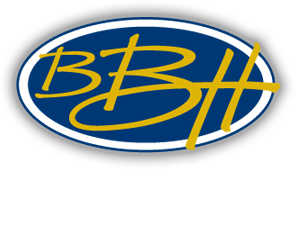When building a custom home in Dallas, it’s easy to see costs start piling up. If you are new to the process, you might find yourself unprepared for the process and the costs. While it’s not true that every custom home costs a fortune or will turn out costing you much more than you originally anticipated, it can be the case more often than one would like. The trick to keeping your costs down is to be prepared. If you’re new to the process, how do you know what to be prepared for? Here are a few tips that will keep a few pennies in your piggy bank.
- PADDING – Anybody who’s good at budgeting knows that the trick to staying within a budget is to pad it. If you believe the cost of building your particular home is $350,000, factor in at least 15% more than that for rainy day money you may need during construction. As with anything, you can never anticipate every turn, and so you may run into costs that could not be accounted for…no matter how prepared you think you might be!
- STAY RELATIVELY NORMAL – When building structures, it’s easiest to work with typical building block shapes (i.e. rectangles). If you start to throw in oddly shaped homes, more corners, or rounded corners, you can guarantee the price of your home’s construction will go up. This is simply due to the fact that homes with numerous corners, rounded corners, or odd shapes are much harder to construct to ensure safety and stability.
- COMPLETE DRAWINGS – Don’t start a home construction with a rough idea in your head or even a good mockup. If your goal is to stay on target with a budget, then you need to obtain complete drawings where every single nook and cranny is accounted for. This prevents add-on costs of materials. If you figure out exactly what your house will look like, you can figure out exactly how much material you need and what kinds of material you’ll need. You can also get a pretty good estimate of the amount of labor that must go into creating your dream home.
- CONTRACT – You’ll want to get a contract from your homebuilder. This contract should map out the financial responsibilities of either party as well as a timeline for project completion. This will provide a safety net for you. If you grossly go over the estimated cost of the project or use more materials than are accounted for in the contract, you now have legal recourse should you feel the need to use it.
- CHANGE ORDERS – Any change orders given to you by the homebuilder should be scrutinized. Examine why the change is needed and what the costs associated with the change will be. If you feel the change is unnecessary, don’t agree to it. Also, be sure to check your contract to see if any change orders are the financial responsibility of the custom homebuilder.





